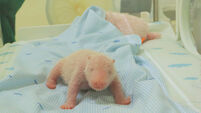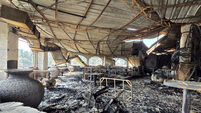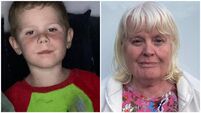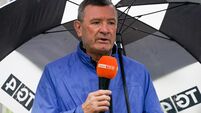Scotland's first case of H5N1 virus confirmed
A Scottish Executive spokesman said: "Tests from the Veterinary Laboratories Agency have confirmed that the sample from the swan found dead in Fife did contain the highly pathogenic H5N1 avian flu virus."
In the wake of the Scottish case, six dead swans were yesterday reported to authorities in the North.














